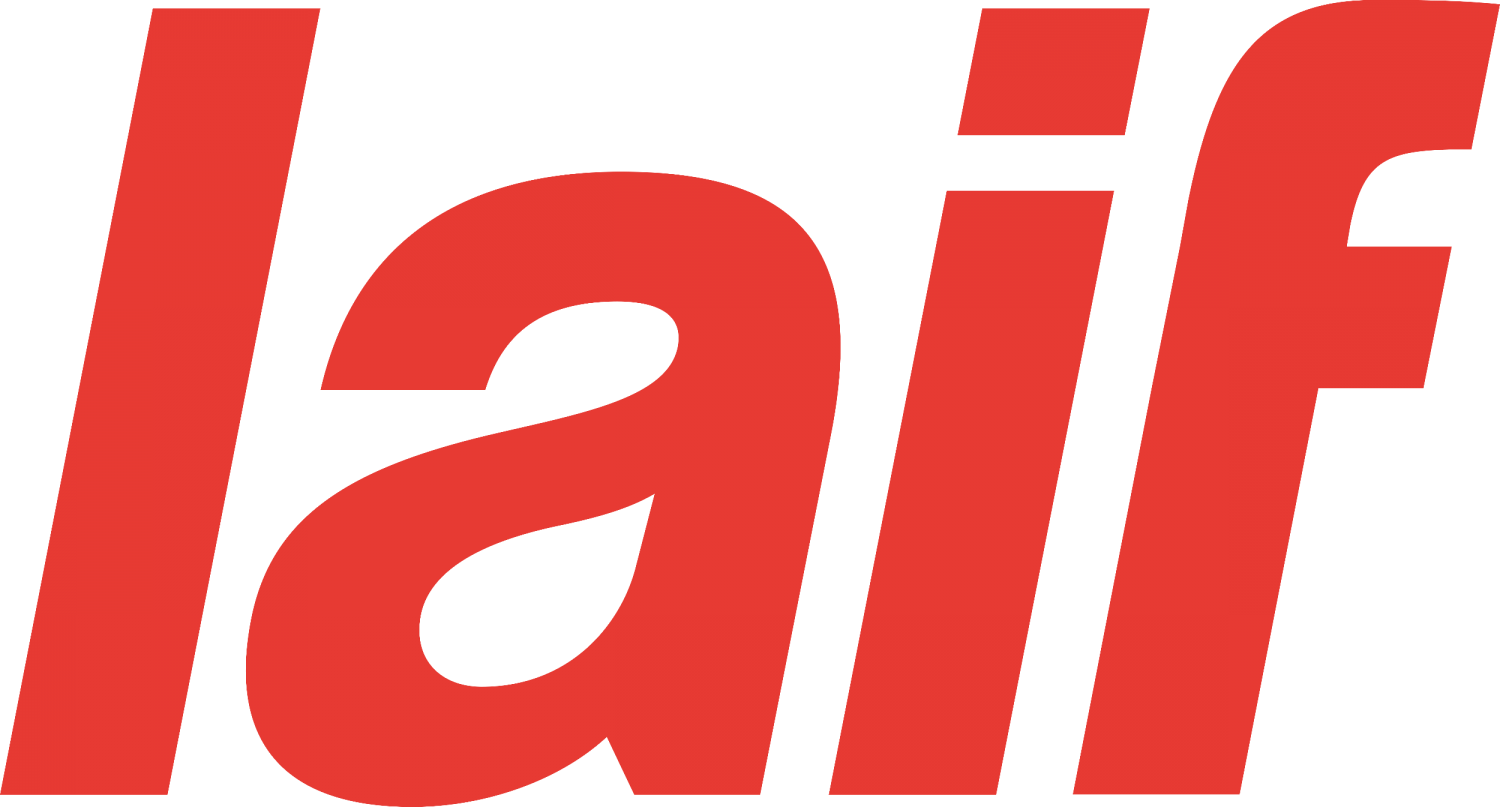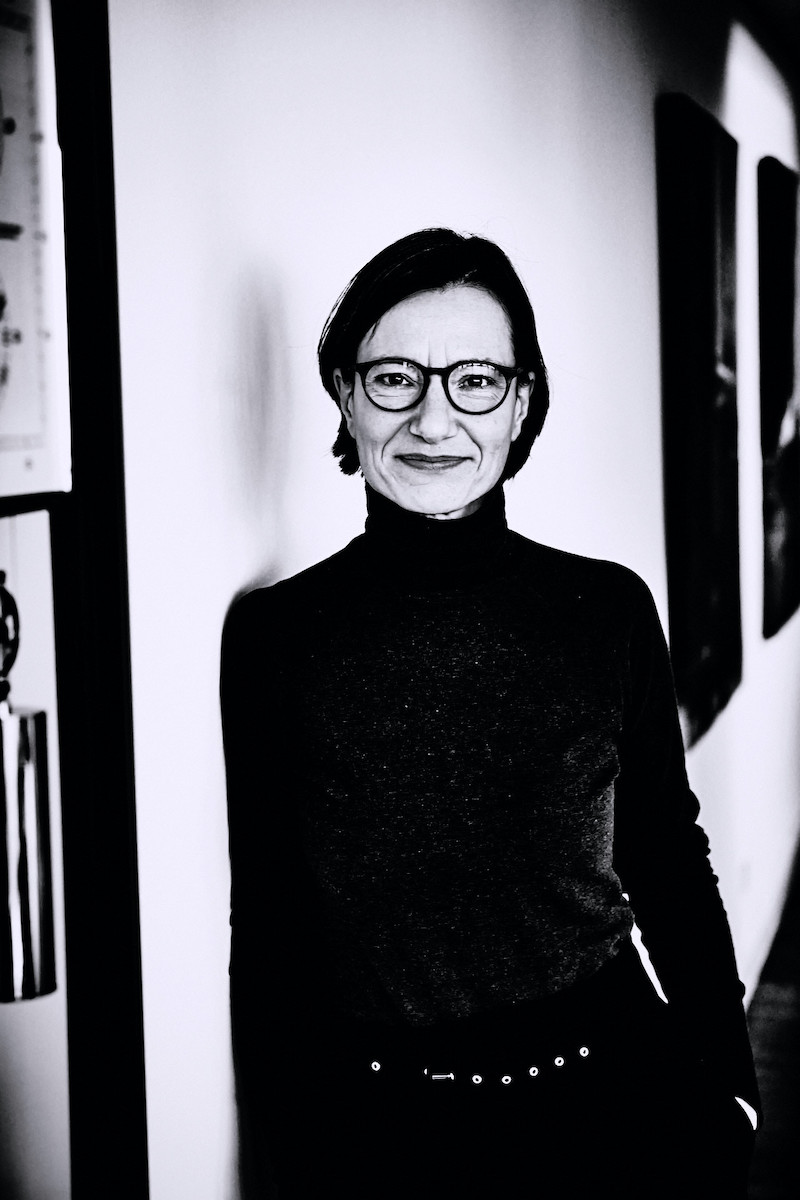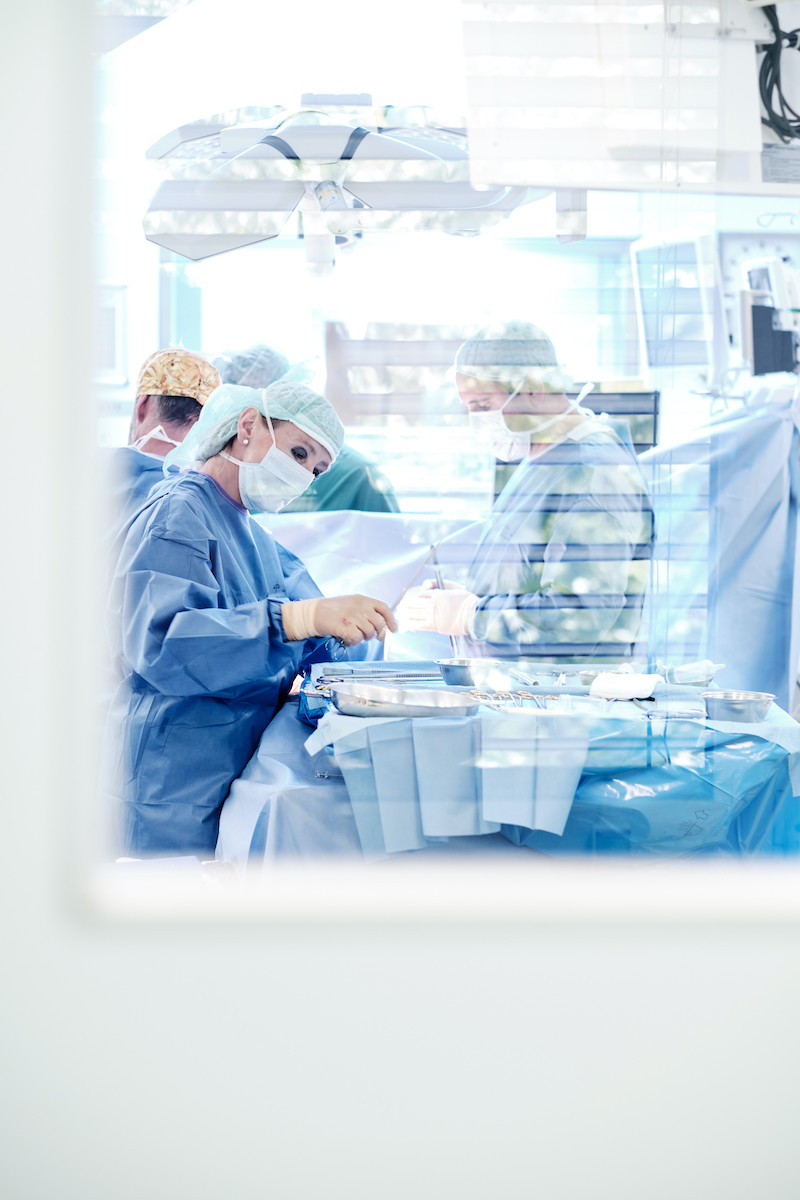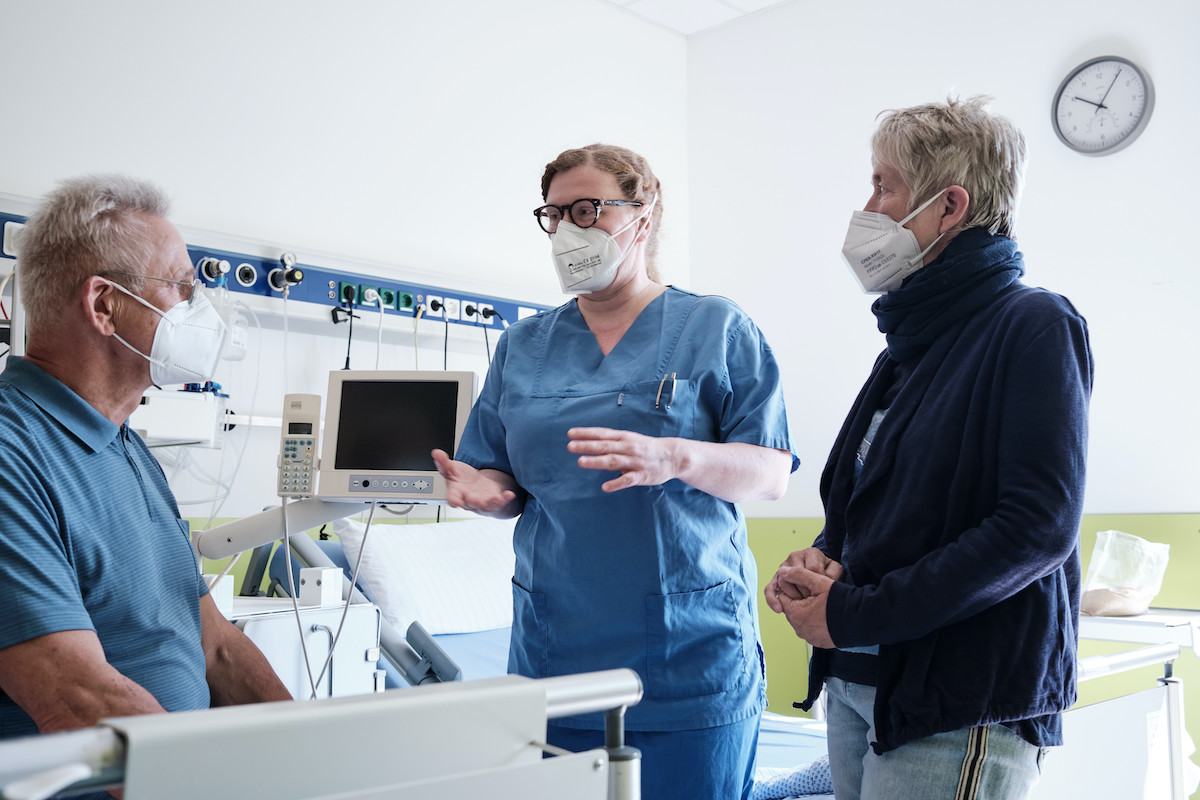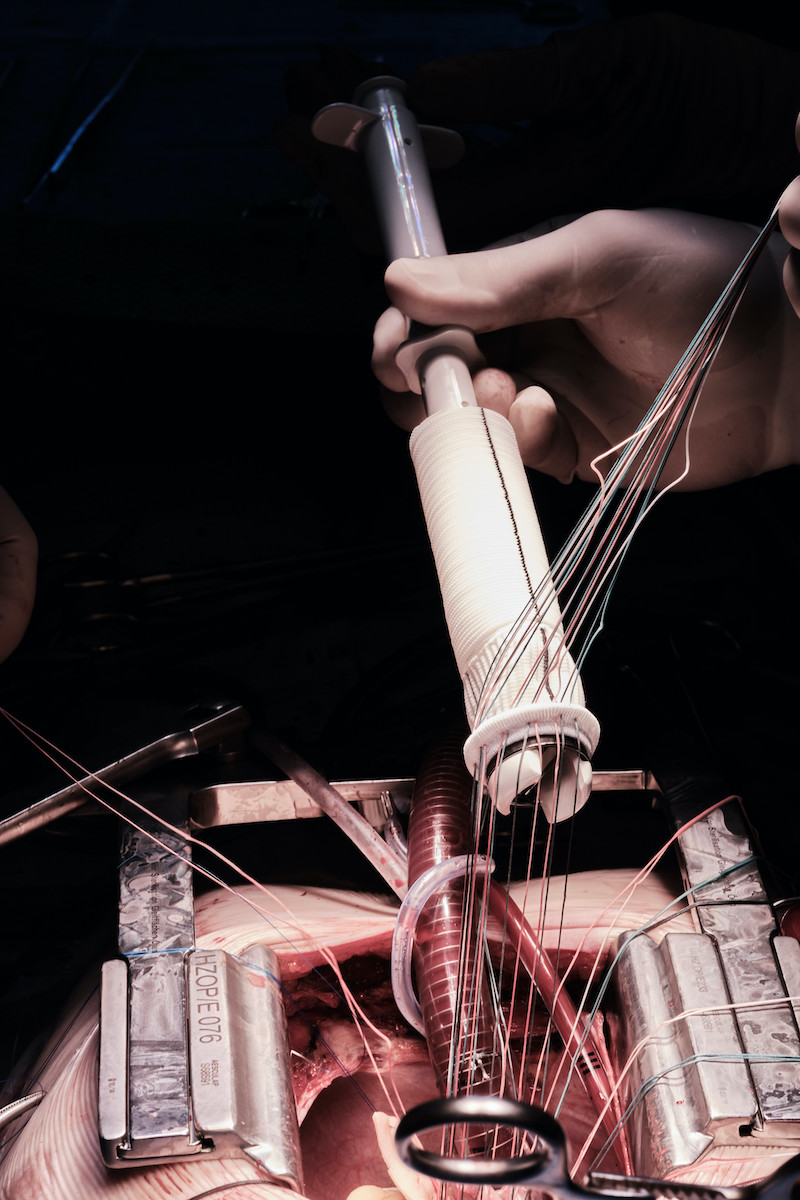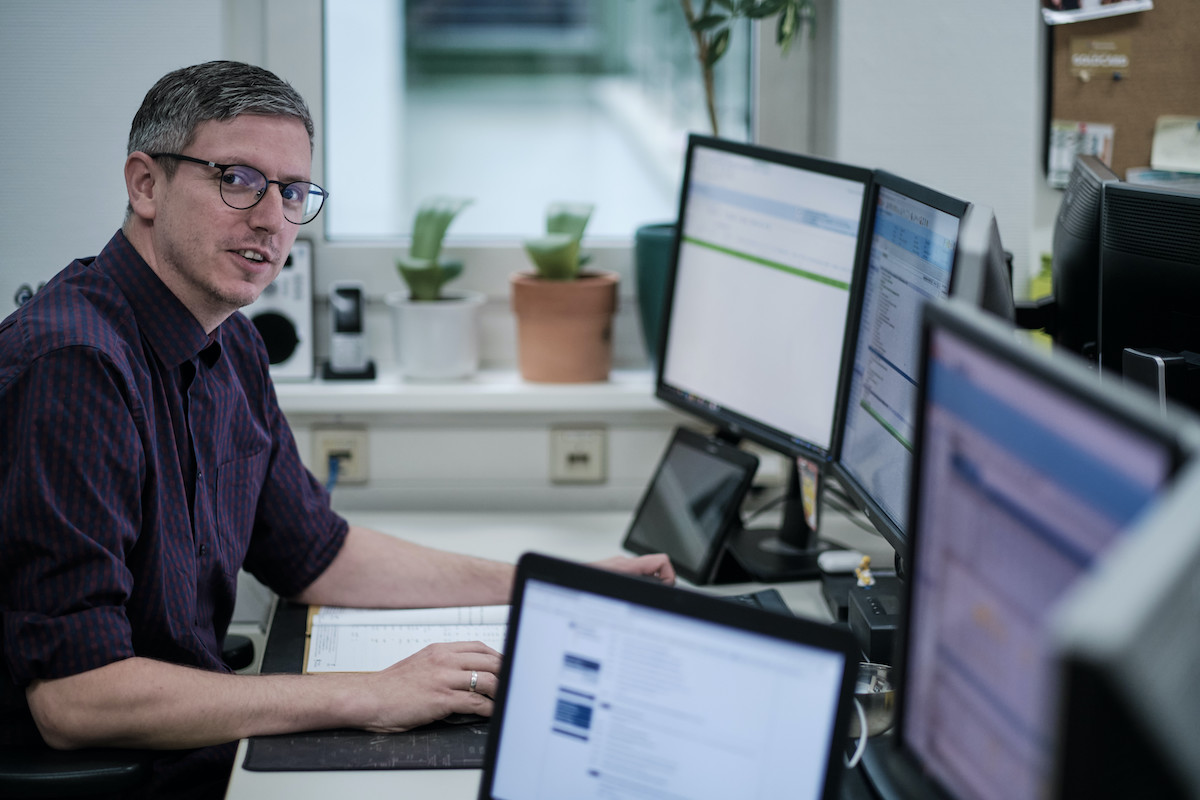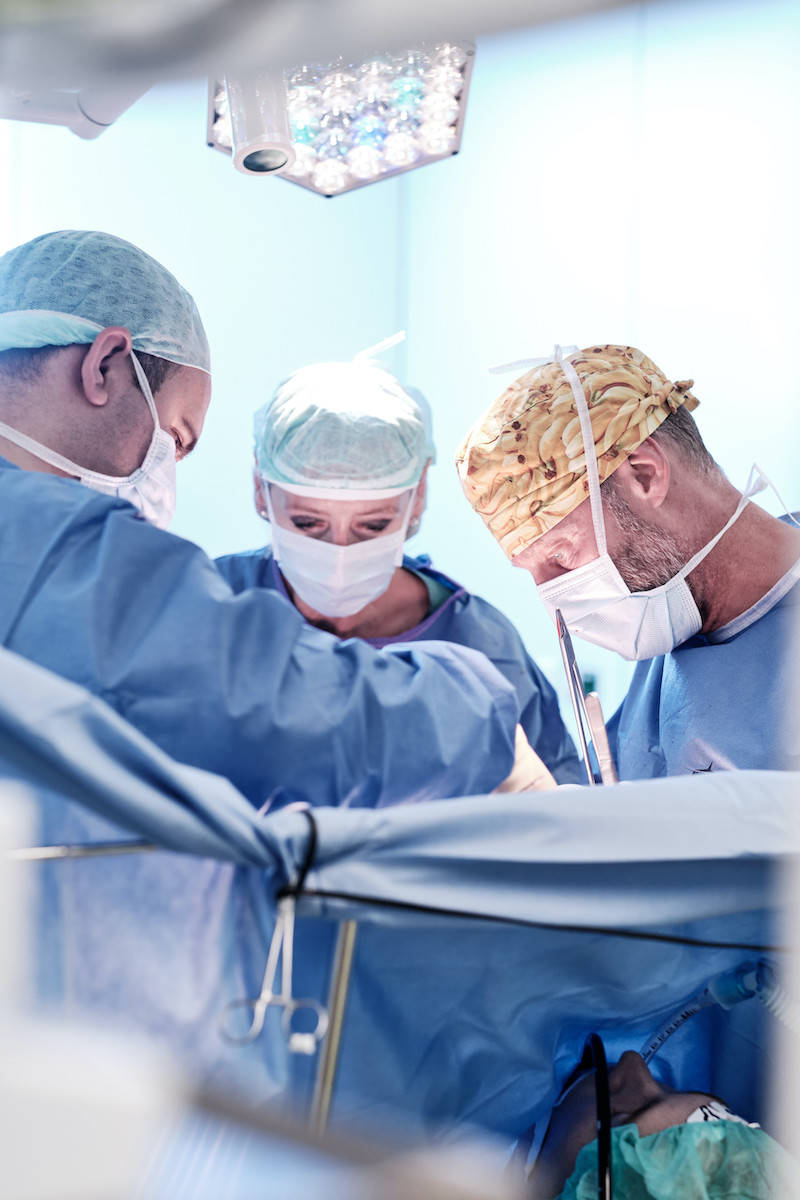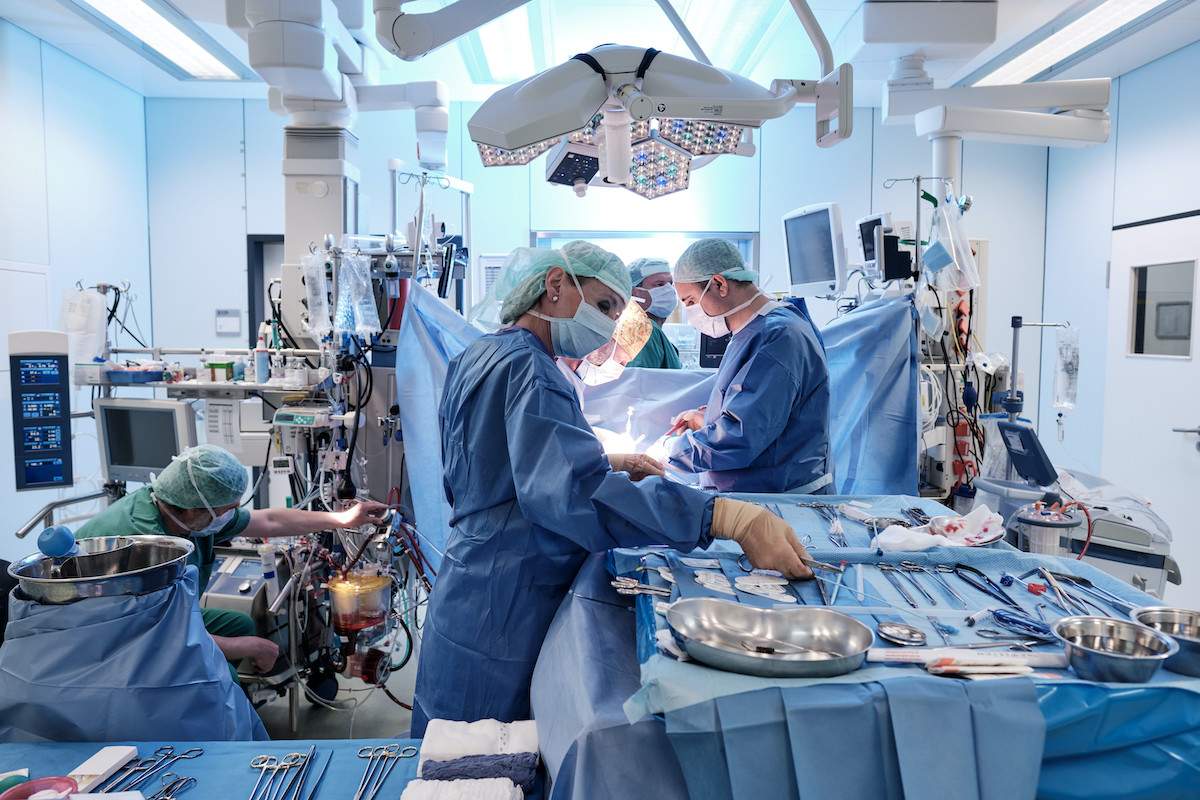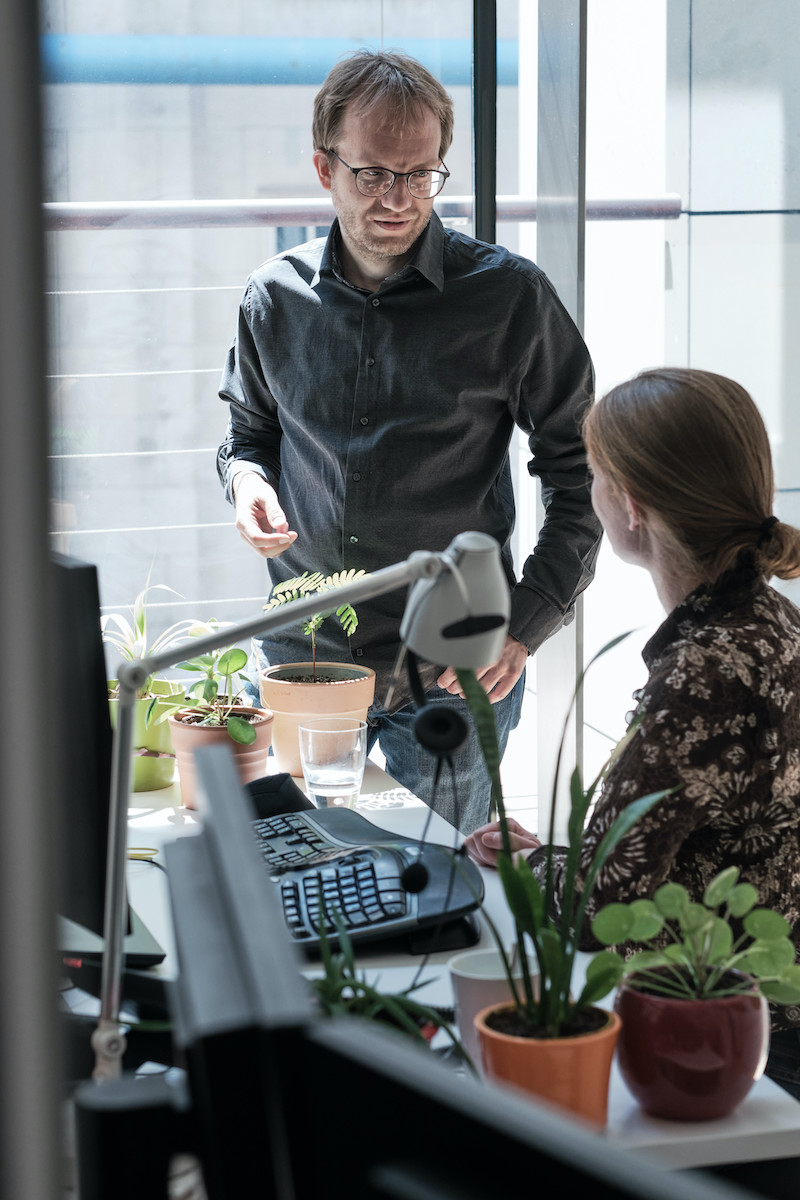laif: Dear Ms. Hauck, the CHRISTOPH LOHFERT FOUNDATION awards the Lohfert Prize every year. In 2022, the gGmbH “Was hab’ ich?” (What do I have?) won the prize for the project “Patient letters after inpatient stays” in cooperation with the Dresden Heart Center. What is this project about?
Julia Hauck: The CHRISTOPH LOHFERT FOUNDATION is committed to improving patient orientation and patient safety in health care. To this end, we annually award the Lohfert Prize with 20,000 euros in prize money for exemplary projects. These projects, for example, improve communication with patients and empower them, making them more confident and competent in dealing with health issues.
The 2022 award winner, for example, has found an outstanding solution to a problem that we believe should not even exist: Medical discharge letters after a hospital stay are incomprehensible to the majority of patients. Among other things, this has to do with the fact that these letters are intended both to inform the doctors who are continuing the treatment – and that requires the technical terms – and to go to the patients – and that requires a translation of the technical terms that has not actually existed up to now.
“What do I Have?” has developed a system with which layman-understandable letters can be created automatically from the billing codes of the hospitals. Automation means no additional staff time is required. Demonstrably, the patient’s health literacy improved greatly after reading and understanding the diagnosis and treatment. For the independent jury, this was the outstanding work in 2022 and a groundbreaking project for the future.
laif: Every winning project is visually documented by laif photographer Bertram Solcher. Why is that important to you and how do you use the resulting images?
Julia Hauck: It was important to our founder that his support for patient-oriented medicine be underpinned not only professionally but also emotionally. The foundation sees one of its main tasks in explaining the award-winning projects to as broad an audience as possible, and this calm and documentary approach by Bertram Solcher is an important means of conveying this. Pictures explain, pictures stay in the memory, pictures can polarize and pictures can also always make you smile. For us, it is important that our sometimes somewhat unwieldy topics are visually broken down to the essentials – the people.
